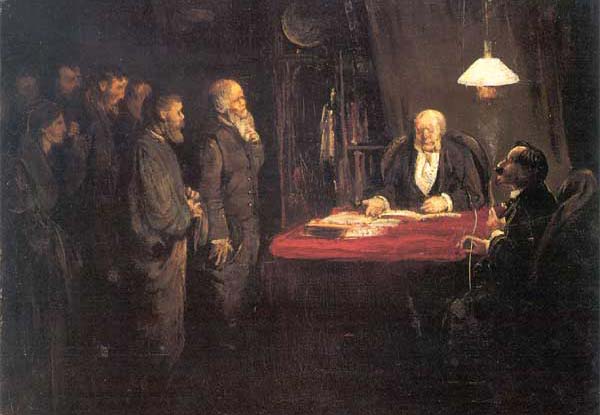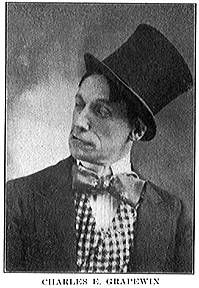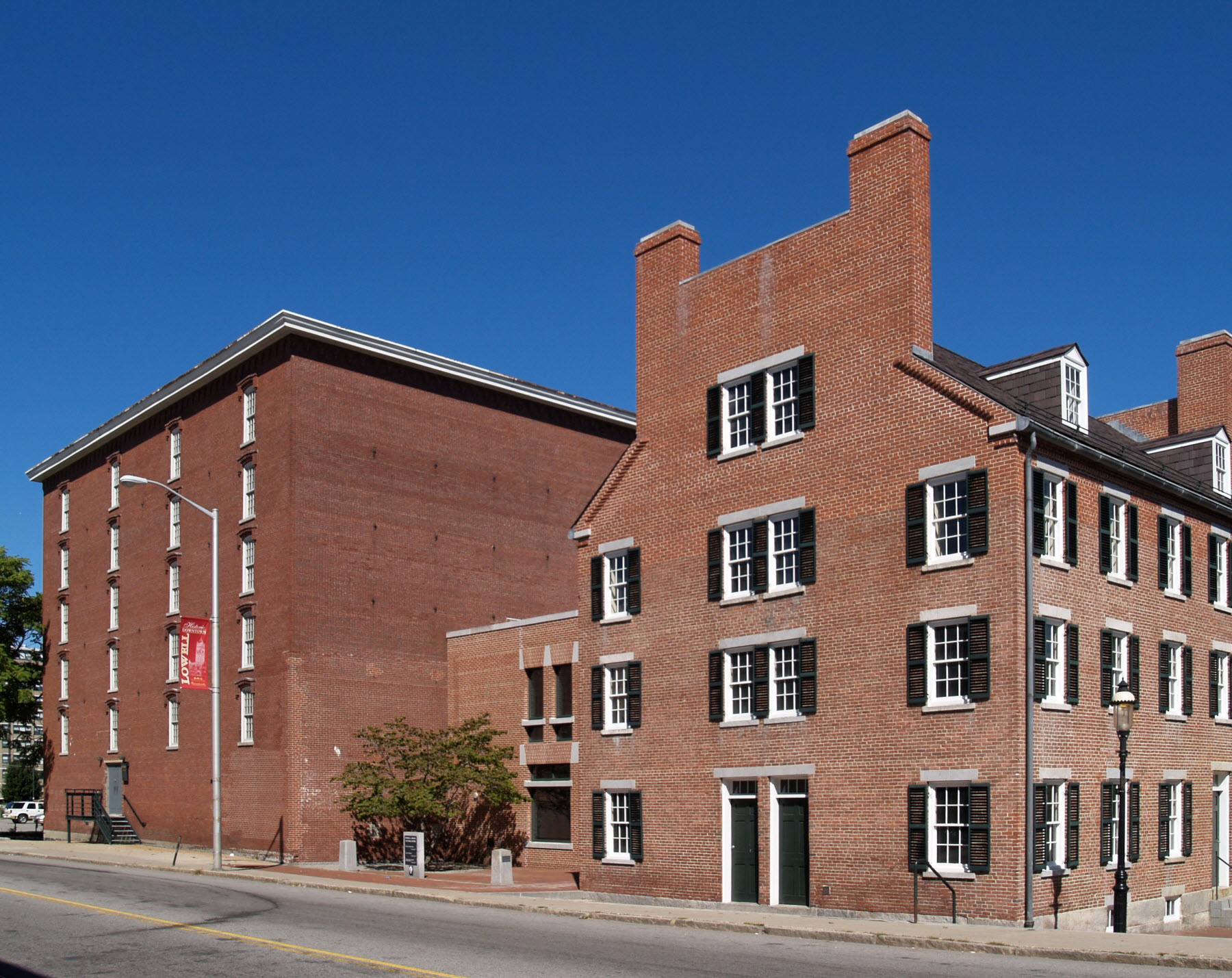|
Mrs. Santa Claus
''Mrs. Santa Claus'' is a 1996 American television film, made-for-television musical film, musical fantasy film, fantasy comedy film, comedy film directed by Terry Hughes (director), Terry Hughes, with a score by Jerry Herman, starring Angela Lansbury in the Mrs. Claus, title role. First broadcast as a Sonar Entertainment, Hallmark Entertainment presentation on CBS on December 8, 1996, the film was billed as the first original musical written for television since Cinderella (Rodgers and Hammerstein musical), Rodgers and Hammerstein's ''Cinderella'' in 1957. Plot Anna Claus has Santa's workshop running so efficiently in December 1910, the team has completed all the toys and presents a week ahead of schedule ("Seven Days 'Til Christmas"). She attempts to offer her husband Nicholas a new, more efficient, route around the world, but he is preoccupied by the letters to Santa as Christmas approaches. Feeling ready for a change in her life, Anna decides to assert her independence by t ... [...More Info...] [...Related Items...] OR: [Wikipedia] [Google] [Baidu] |
Mark Saltzman
Mark Saltzman is an American script writer who has written films, plays and musicals and for TV. He worked for several years for ''Sesame Street''. He has been given seven Emmy Awards for Best Writing for a Children's Show. TV and film work He graduated from Cornell University. Saltzman started his career writing cabaret shows and musicals that played at New York City venues such as The Ballroom, Soho Rep, 13th Street Repertory Theatre, 13th Street Theater, and The Village Gate, where he co-wrote the long-running revue ''A, My Name is Alice''. As a writer on the musical revue ''A, My Name Is Alice,'' he befriended cast member Alaina Reed, who had also been cast as The Robinson family (Sesame Street), Olivia on ''Sesame Street.'' Saltzman began working for ''Sesame Street'' in 1984, where he was a writer for 15 years. He created the Muppet character of Plácido Flamingo for season 18, and wrote more than 50 songs, including the lyrics for "Caribbean Amphibian" and "List of songs ... [...More Info...] [...Related Items...] OR: [Wikipedia] [Google] [Baidu] |
Cinderella (Rodgers And Hammerstein Musical)
''Rodgers and Hammerstein's Cinderella'' is a musical written for television, but later played on stage, with music by Richard Rodgers and a book and lyrics by Oscar Hammerstein II. It is based upon the fairy tale ''Cinderella'', particularly the French version '' Cendrillon, ou la petite pantoufle de verre'' ("Cinderella, or The Little Glass Slipper"), by Charles Perrault. The story concerns a young woman forced into a life of servitude by her cruel stepmother and self-centered stepsisters, who dreams of a better life. With the help of her fairy godmother, Cinderella is transformed into a princess and finds true love with the kingdom's prince. ''Cinderella'' is the only Rodgers and Hammerstein musical written for television. It was originally broadcast live in color on CBS on March 31, 1957, as a vehicle for Julie Andrews, who played the title role. The broadcast was viewed by more than 100 million people. It was subsequently remade for television twice, in 1965 and 1997. The ... [...More Info...] [...Related Items...] OR: [Wikipedia] [Google] [Baidu] |
Strike Action
Strike action, also called labor strike, labour strike in British English, or simply strike, is a work stoppage caused by the mass refusal of employees to Working class, work. A strike usually takes place in response to employee grievances. Strikes became common during the Industrial Revolution, when Labour economics, mass labor became important in factories and mines. As striking became a more common practice, governments were often pushed to act (either by private business or by union workers). When government intervention occurred, it was rarely neutral or amicable. Early strikes were often deemed unlawful conspiracies or anti-competitive cartel action and many were subject to massive legal repression by state police, federal military power, and federal courts. Many Western nations legalized striking under certain conditions in the late 19th and early 20th centuries. Strikes are sometimes used to pressure governments to change policies. Occasionally, strikes destabilize the r ... [...More Info...] [...Related Items...] OR: [Wikipedia] [Google] [Baidu] |
Slowdown
A slowdown ( UK: go-slow) is an industrial action in which employees perform their duties but seek to reduce productivity or efficiency in their performance of these duties. A slowdown may be used as either a prelude or an alternative to a strike, as it is seen as less disruptive as well as less risky and costly for workers and their union. Striking workers usually go unpaid and risk being replaced, so a slowdown is seen as a way to put pressure on management while avoiding these outcomes. Other times slowdowns are accompanied by acts of sabotage on the part of workers to provide further disruption. Nonetheless, workers participating in a slowdown are often punished, sometimes by firing and other times by law. Examples At Ford's plant in Dagenham, UK, during the 1970s, workers introduced a go-slow after Ford management increased the production line speed from 18 to 21 feet per minute. This was a second speed increase, and workers felt that this was unfair. After a go-slow b ... [...More Info...] [...Related Items...] OR: [Wikipedia] [Google] [Baidu] |
Vaudeville
Vaudeville (; ) is a theatrical genre of variety entertainment which began in France in the middle of the 19th century. A ''vaudeville'' was originally a comedy without psychological or moral intentions, based on a comical situation: a dramatic composition or light poetry, interspersed with songs and dances. Vaudeville became popular in the United States and Canada from the early 1880s until the early 1930s, while changing over time. In some ways analogous to music hall from Victorian Britain, a typical North American vaudeville performance was made up of a series of separate, unrelated acts grouped together on a common bill. Types of acts have included popular and classical musicians, singers, dancers, comedians, trained animals, magicians, ventriloquists, strongmen, female and male impersonators, acrobats, clowns, illustrated songs, jugglers, one-act plays or scenes from plays, athletes, lecturing celebrities, minstrels, and films. A vaudeville performer ... [...More Info...] [...Related Items...] OR: [Wikipedia] [Google] [Baidu] |
Child Labor In The United States
Child labor in the United States was a common phenomenon across the economy in the 19th century. Outside agriculture, it gradually declined in the early 20th century, except in the South which added children in textile and other industries. Child labor remained common in the agricultural sector until compulsory school laws were enacted by the states. In the North state laws prohibited work in mines and later in factories. A national law was passed in 1916 but it was overturned by the Supreme Court in 1918. A 1919 law was also overturned. In the 1920s an effort to pass a constitutional amendment failed, because of opposition from the South and from Catholics. Outside of farming child labor was steadily declining in the 20th century and the New Deal in 1938 finally ended child labor in factories and mines. Child labor has always been a factor in agriculture and that continues into the 21st century. History Colonial and early national In an overwhelmingly rural society, farmers dis ... [...More Info...] [...Related Items...] OR: [Wikipedia] [Google] [Baidu] |
Women's Suffrage In The United States
Women's suffrage, or the right of women to vote, was established in the United States over the course of the late 19th and early 20th centuries, first in various U.S. states, states and localities, then nationally in 1920 with the ratification of the Nineteenth Amendment to the United States Constitution, 19th Amendment to the United States Constitution. The demand for women's suffrage began to gather strength in the 1840s, emerging from the broader movement for women's rights. In 1848, the Seneca Falls Convention, the first women's rights convention, passed a resolution in favor of women's suffrage despite opposition from some of its organizers, who believed the idea was too extreme. By the time of the first National Women's Rights Convention in 1850, however, suffrage was becoming an increasingly important aspect of the movement's activities. The first national suffrage organizations were established in 1869 when two competing organizations were formed, one led by Susan B. A ... [...More Info...] [...Related Items...] OR: [Wikipedia] [Google] [Baidu] |
Soapbox
A soapbox is a raised platform on which one stands to make an impromptu speech, often about a political subject. The term originates from the days when speakers would elevate themselves by standing on a wooden crate originally used for shipment of soap, or other dry goods, from a manufacturer to a retail store. The term is also used metaphorically to describe a person engaging in often flamboyant, impromptu, or unofficial public speaking. Hyde Park in London is known for its Sunday soapbox orators, who have assembled at its Speakers' Corner since 1872 to discuss religion, politics, and other topics. In the context of the World Wide Web, blogs can be used as soapboxes and are often used for promotional purposes. History Origins of the term Throughout the 19th century and into the 20th, prior to the invention of corrugated fiberboard, manufacturers used wooden crates for the shipment of wholesale merchandise to retail establishments. Discarded containers of every size, well-c ... [...More Info...] [...Related Items...] OR: [Wikipedia] [Google] [Baidu] |
Avenue A (Manhattan)
Avenue A is a north–south avenue located in Manhattan, New York City, east of First Avenue and west of Avenue B. It runs from Houston Street to 14th Street, where it continues into a loop road in Stuyvesant Town, connecting to Avenue B. Below Houston Street, Avenue A continues as Essex Street. It is considered to be the western border of Alphabet City in the East Village. It is also the western border of Tompkins Square Park. Sections Under the Commissioners' Plan of 1811 that established the Manhattan street grid, the avenues would begin with First Avenue on the east side and run through Twelfth Avenue in the west. East of First Avenue the plan provided four additional lettered avenues running from Avenue A eastward to Avenue D wherever they could be fitted. While First Avenue was the easternmost avenue in most of Manhattan, several discontinuous sections were designated as ''Avenue A'' north of present-day Alphabet City. Asser Levy Place As late as 1943, ... [...More Info...] [...Related Items...] OR: [Wikipedia] [Google] [Baidu] |
Melting Pot
A melting pot is a Monoculturalism, monocultural metaphor for a wiktionary:heterogeneous, heterogeneous society becoming more wiktionary:homogeneous, homogeneous, the different elements "melting together" with a common culture; an alternative being a homogeneous society becoming more heterogeneous through the influx of foreign elements with different cultural backgrounds. It can also create a harmonious hybridized society known as cultural amalgamation. In the United States, the term is often used to describe Americanization (immigration), the cultural integration of immigrants to the country. A related concept has been defined as "cultural additivity." The melting-together metaphor was in use by the 1780s.p. 50 See "..whether assimilation ought to be seen as an egalitarian or hegemonic process, ...two viewpoints are represented by the melting-pot and Anglo-conformity models, respectively" The exact term "melting pot" came into general usage in the United States after it was used ... [...More Info...] [...Related Items...] OR: [Wikipedia] [Google] [Baidu] |
Boarding House
A boarding house is a house (frequently a family home) in which lodging, lodgers renting, rent one or more rooms on a nightly basis and sometimes for extended periods of weeks, months, or years. The common parts of the house are maintained, and some services, such as laundry and cleaning, may be supplied. It normally provides "room and board," with some meals as well as accommodation. Lodgers legally obtain a licence, not exclusive possession, to use their rooms and so the landlord retains the right of access. Arrangements Formerly boarders would typically share washing, breakfast, and dining facilities; in recent years, it has become common for each room to have its own washing and toilet facilities. Such boarding houses were often found in England, English seaside towns (for tourism, tourists) and college towns (for students). It was common for there to be one or two elderly long-term residents. "The phrase "boardinghouse reach" [referring to a diner reaching far across a din ... [...More Info...] [...Related Items...] OR: [Wikipedia] [Google] [Baidu] |
Santa Claus's Reindeer
In traditional Western festive legend and popular culture, Santa Claus's reindeer are said to pull a sleigh through the night sky to help Santa Claus deliver gifts to children on Christmas Eve. While various legends offer differing details, the 1823 poem '' A Visit from St. Nicholas'' (usually attributed to Clement Clarke Moore) has proved the most enduring. It describes Santa's sleigh being pulled by a team of eight reindeer, best known as Dasher, Dancer, Prancer, Vixen, Comet, Cupid, Donner, and Blitzen. The popularity of the 1939 story " Rudolph the Red-Nosed Reindeer", and the 1949 Christmas song of the same name, has resulted in Rudolph often being included among the team. Origins and history Single reindeer The first reference to Santa's sleigh being pulled by a reindeer appears in " Old Santeclaus with Much Delight", an 1821 illustrated children's poem published in New York. The names of the author and the illustrator are not known. The poem, with eight colored ... [...More Info...] [...Related Items...] OR: [Wikipedia] [Google] [Baidu] |







